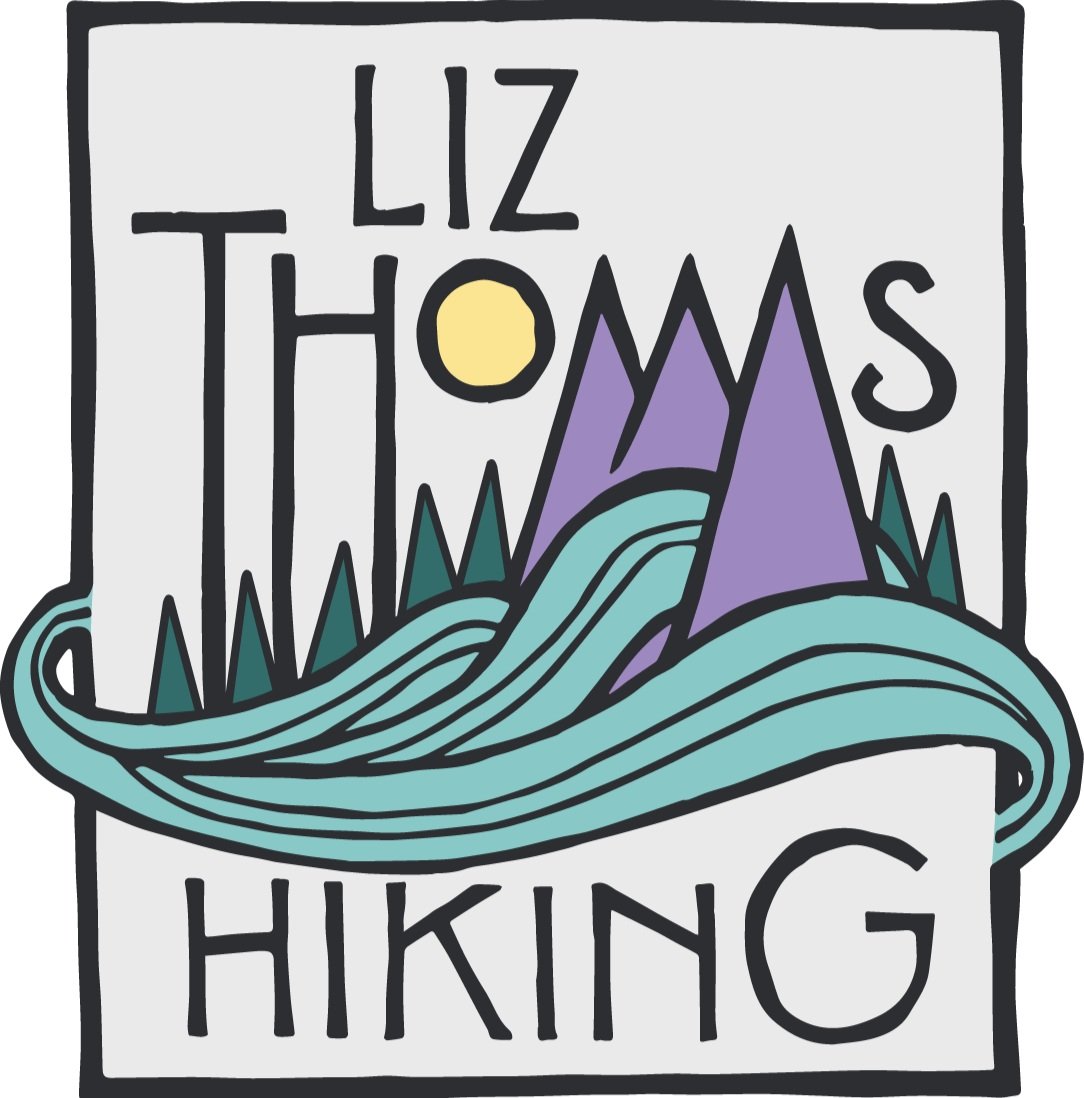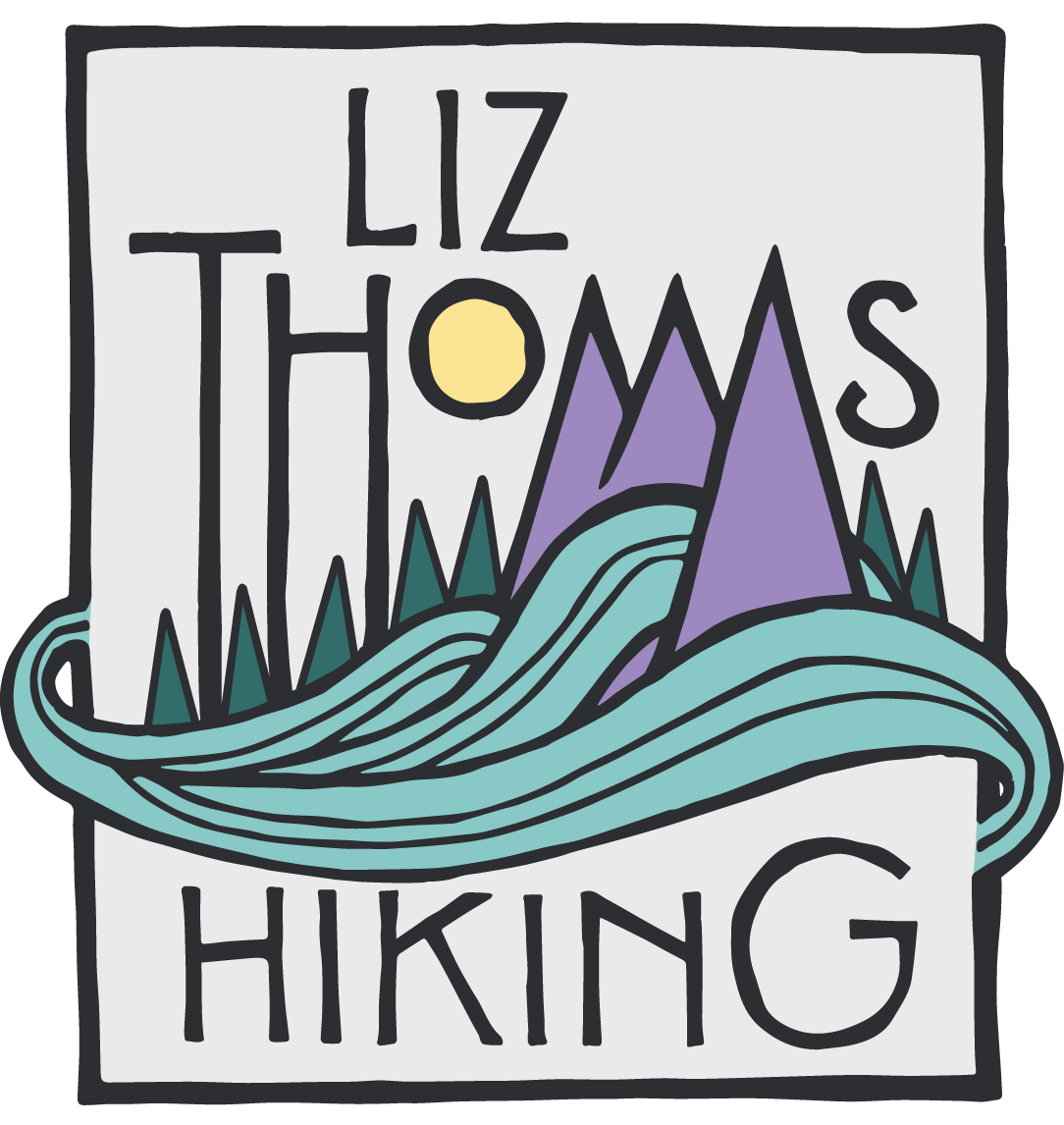Coffee in the backcountry
Heating up some water for a mid-morning Cup O’ Joe on the Colorado Trail
On a three thousand mile backpacking trip, bringing a percolator or French press along isn’t always the easiest thing. Sure, there’s “lightweight” backpacking versions of both of these café essentials, but they typically weigh in the same ounces as my shelter—and keeping dry in a storm is a more pressing matter.
I’m all for on-trail luxuries, but getting in my morning bean can be easier than lugging around the kitchen. Starbucks Via made headlines in the hiking world a few years back by providing a decent cup of caffeine for only a few grams weight penalty. It comes in a small pouch the size of Crystal Lite packages (another hiker favorite) and despite what the box says, is pretty good hot or cold. Starbucks’ less pricey counterpart Nescafe sells flavored versions in the same size packets for about half the cost. In the morning, I add a pouch to 6 oz of hot water and have instant morning comfort. During the day, I’ll pop a pack into a water bottle, shake, and enjoy it iced.
Just add coffee and you’ll feel back at home. Found on at Appalachian Trail in Virginia
The penny pinching and potentially higher quality (not to mention environmentally and socially responsible) alternative is bringing your own ground beans out with you. As described by Mike Cleland in Ultralight Backpackin’ Tips: 153 Amazing & Inexpensive Tips for Extremely Lightweight Camping, cowboy coffee requires nothing but your usual camping cup and some patience. Made similarly to Turkish coffee, where you let the ground beans sink to the bottom of your cup and drink the liquid on top, it’s a way to drink your beans from your favorite hometown roaster even when you’re in the backwoods. On a winter backpacking trip, I packed out my local coffee shop’s roast and got a cup of home in the woods. Just set your home grinder for the finest grind it can handle. Or tell your bean supplier to make it Turkish.
If only I could bring this along with me on the trail…Yurt on the Continental Divide Trail
The only drawback with the cowboy camping style is packing the grounds out. Leave No Trace Ethics tell us that dumping the spent beans in the backwoods is not cool—we don’t want any hyper caffeinated squirrels out there. At home, I usually slap my cup against the compost bin and get out the bulk of the goop at the bottom, and then rinse with faucet water to get the rest out. Similarly, in the woods, I can dump out the bulk of the beans into a trash ziplock, but something is always left at the bottom of the cup. One method is adding some water to the cup, swishing, and drinking the rest. It goes down rough, but I tell myself it’s the same as eating chocolate covered espresso beans… sans chocolate.




